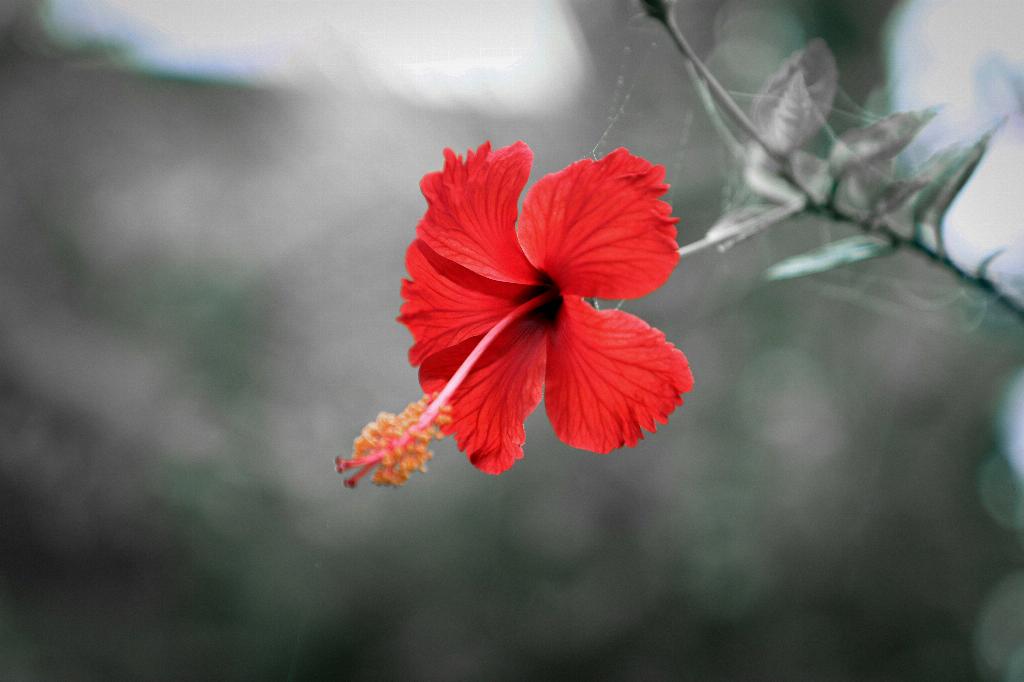When it comes to keeping your hibiscus plant happy and healthy, proper watering is key. By following a few simple guidelines, you can ensure that your hibiscus thrives and produces vibrant blooms all season long.
Start by keeping the soil surrounding your hibiscus plant moist, but be careful not to overwater and make it soggy. Finding the right balance is crucial for the overall health of your plant.
During the first week after planting your hibiscus, it’s essential to water it daily. This will help the plant establish its roots and adapt to its new environment. As the plant becomes more established, you can taper off the watering frequency to once every two days in the second week.
Once your hibiscus has been in the ground for a couple of weeks, you can reduce watering to about twice a week, as long as there is no significant rainfall. Take into account the specific weather conditions in your area when determining the watering schedule for your plant.
If you experience a period of particularly hot and dry weather, it’s important to adjust your watering routine accordingly. During these times, consider watering your hibiscus plant every other day to prevent it from becoming stressed or dehydrated.
When watering your hibiscus, focus on delivering water directly to the root zone. This will ensure that the plant’s roots receive an adequate amount of moisture and help prevent water wastage through evaporation.
One effective method for watering hibiscus plants is to use a soaker hose or drip irrigation system. These tools allow for slow, steady watering that penetrates the soil deeply without causing runoff or water pooling on the surface.
It’s also important to consider the time of day when watering your hibiscus. Watering in the early morning or late afternoon is ideal, as this helps prevent evaporation and allows the plant to absorb moisture more efficiently.
Avoid watering your hibiscus plant in the evening, as this can leave the plant vulnerable to fungal diseases that thrive in damp, cool conditions. By adjusting your watering schedule to align with the plant’s natural rhythms, you can help promote its overall health and well-being.
Remember that every hibiscus plant is unique, and its watering needs may vary based on factors such as soil type, climate, and sun exposure. It’s important to monitor your plant closely and make adjustments to your watering routine as needed to ensure that it receives the right amount of moisture.
By following these guidelines and paying attention to the specific needs of your hibiscus plant, you can help it thrive and flourish throughout the growing season. With the right care and attention, your hibiscus will reward you with beautiful, vibrant blooms that brighten up your garden.

